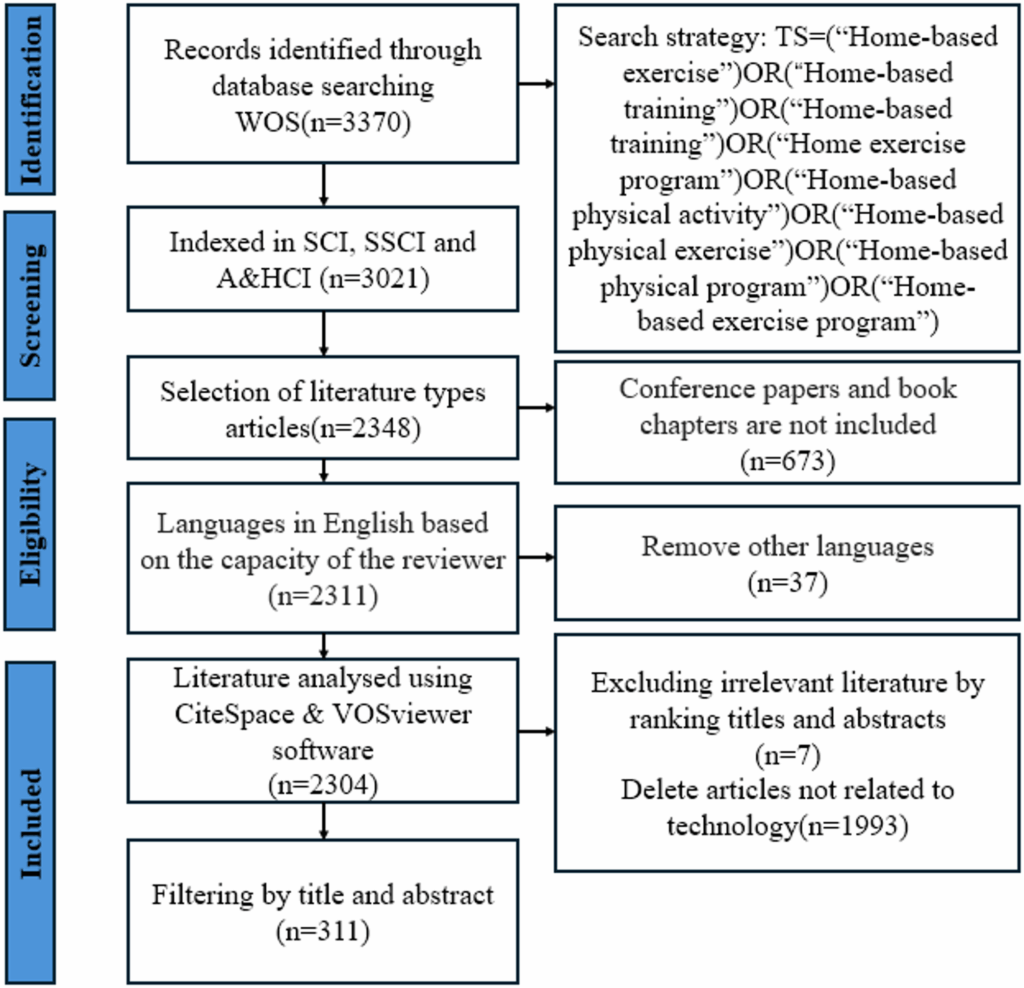
As the significance of home-based exercise (HBE) continues to grow in the realm of public health, understanding its role in mitigating healthcare costs and reducing the public health burden has become increasingly vital. Recent research highlights a staggering cost of $53.8 billion to the global healthcare system due to physical inactivity since 2013. Alarmingly, the prevalence of physical inactivity among adults was 27.5% in 2016, a trend that, if left unchecked, could lead to 500 million new cases of preventable non-communicable diseases and $520 billion in healthcare costs by 2030.
The urgency to increase physical activity levels is underscored by these figures, and home-based exercise emerges as a promising solution. Offering convenience, flexibility, and cost-effectiveness, HBE has gained traction, especially in the wake of the COVID-19 pandemic, which accelerated its adoption. Unlike traditional gym workouts, HBE allows individuals to exercise at home, using either personal equipment or bodyweight exercises tailored to their schedules.
The Rise of Digital Technology in Home-Based Exercise
With the rapid advancement of technology, HBE has evolved beyond its traditional confines. Wearable devices now offer real-time monitoring, AI algorithms provide personalized exercise advice, and AR/VR technologies facilitate immersive workout experiences. These technological innovations have expanded the possibilities of HBE, making it more accessible and effective.
However, as HBE’s popularity grows, there is a pressing need to explore the mechanisms driving participation and the long-term effects of this fitness approach. Research indicates that factors such as personal motivation, home environment, and social support significantly influence HBE engagement. The integration of digital technologies has added new dimensions, allowing for real-time feedback, personalized coaching, and social connectivity through virtual communities.
Understanding the Impact and Future of Home-Based Exercise
The necessity for comprehensive analysis of HBE trends is driven by several factors. An aging global population demands accessible exercise solutions, and traditional facility-based programs often present barriers. Digital health technologies have shifted exercise delivery and monitoring capabilities, yet the optimal integration of these tools remains underexplored.
The COVID-19 pandemic has further highlighted the need for home-based exercise solutions. Understanding pre-pandemic trends versus pandemic-era developments provides crucial insights for future exercise prescriptions and policy development. The economic costs of physical inactivity, exceeding $53.8 billion annually, necessitate a systematic understanding of how HBE research has evolved to address this challenge.
Research Questions and Methodology
This study addresses four critical research questions:
- Knowledge Evolution Mapping: How has digital technology-supported HBE research evolved from 2000 to 2024?
- Digital Technology Applications and Value: What are the primary digital technology applications in HBE research, and what evidence exists for their effectiveness?
- Participation Determinants and Mechanisms: What factors influence HBE participation in the digital era?
- Future Development Prediction: What are the predicted future directions for digital HBE research?
These questions aim to provide insights into the current state, applications, mechanisms, and future directions of digital technology-supported HBE research. A bibliometric analysis was employed, utilizing CiteSpace and VOSviewer to map the research landscape and identify trends, topics, and influential studies.
Key Findings and Implications
The analysis revealed that HBE research has shown exponential growth, with a peak during the COVID-19 pandemic. The United States, Australia, and the United Kingdom lead in publication output, reflecting their emphasis on physical activity and health. The integration of digital technologies has introduced new opportunities, with wearable devices, smartphone apps, and virtual reality playing pivotal roles in HBE interventions.
Despite the advancements, challenges remain in ensuring long-term adherence to HBE programs. Factors such as social support, professional guidance, and personal motivation are crucial in sustaining participation. Digital literacy, technology accessibility, and user interface design also play significant roles in influencing engagement.
The Future of Home-Based Exercise
Looking ahead, HBE is poised to become an integral part of healthcare delivery. Emerging paradigms such as precision HBE, integrated care ecosystems, and predictive health maintenance suggest a transformative potential. These developments indicate a shift from reactive treatment tools to proactive health optimization platforms.
As technological convergence continues, the field is approaching a critical inflection point, offering unprecedented levels of personalization, accessibility, and effectiveness. The identification of research hotspots such as digital monitoring and chemotherapy side effects mitigation provides clear roadmaps for future investigation and development efforts.
In conclusion, home-based exercise, bolstered by digital technology, holds immense promise for improving public health outcomes. As research continues to evolve, it is imperative to address the challenges and harness the opportunities presented by this dynamic field.






